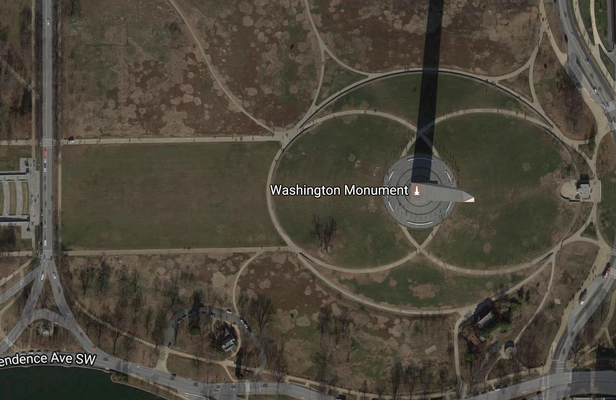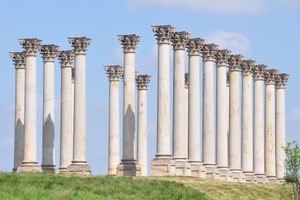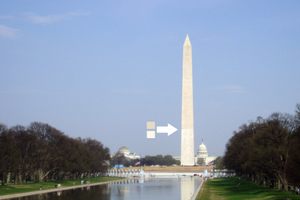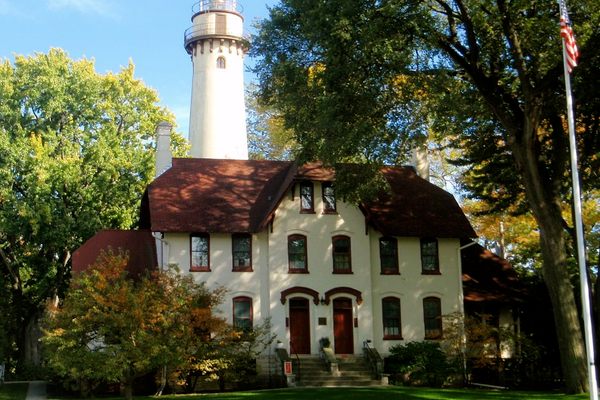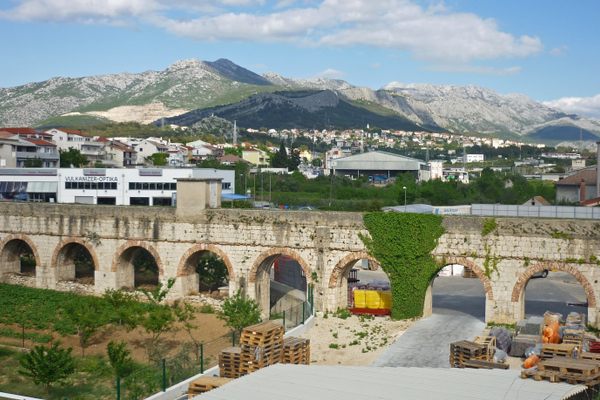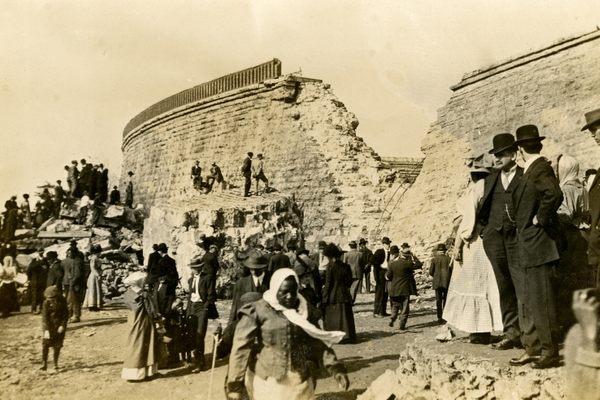About
For a time, anyone used to be able to write to their Congressman and request a free goldfish.
For several decades starting in the 1880s, the U.S. Fish Commission had several fisheries (now filled in) around the Washington Monument where they mass-produced carp and goldfish. The annual harvest of hundreds of thousands of carp were sent out to stock the country’s waterways, and fish were made available to the public upon request.
The lakes were the brainchild of Orville E. Babcock of the Army Corps of Engineers. In the late 1870s, as the Washington Monument was nearing completion, he saw an opportunity to improve the optics of the area by creating several manmade ponds. The eponymously named Babcock Lakes replaced a marshy eyesore, as a Washington Evening Star reporter noted at the time, writing that “The improvement of these lakes for fish culture has done away with a terrible swamp nuisance which used to exist in that locality.”
In order to make the bodies of water productive, Babcock enlisted the help of Smithsonian Institution Curator Spencer Baird. Baird imported a stock of carp. The local newspaper archive contains some amusing anecdotes about how all this played out.
The Star describes how during springtime the lakes would be drained, allowing workers to wade in with baskets and ensure that “all the eels and catfish are thrown out, as they devour the young carp.” One year Baird was pleased to discover that carp seemed to love pumpkins—“entirely devoured in eight days, rind and all”—and another year “10,000” carp escaped into the Potomac during a flood.
While events were proceeding swimmingly in Washington, the same could not be said as the harvested carp were unleashed in waterways across the country. According to the National Park Service's, “History of the Common Carp” the “fish's remarkable ability to live and reproduce in almost every water condition allowed it to quickly infiltrate others,” and within a few years, the once-prized fish had become a nuisance. The omnivorous carp feasted on the eggs of native species prompting decades of carp removal programs.
The goldfish program had also rapidly became a victim of its own success. In 1894, the New York Times wrote that "The business of distributing free goldfish... has become such a tax on the Fish Commission that it appears they must choose between running a goldfish bureau for Washington exclusively and conducting the legitimate work of the bureau." Goldfish distribution halted shortly thereafter. The carp program in Washington was discontinued in 1906, and in 1911 the Babcock lakes were filled in.
Related Tags
Published
May 8, 2017
Sources
- Carp Culture, Washington Evening Star, April 5, 1882
- Propagation of Fish, Washington Evening Star, December 30, 1906
- Worthy of a Nation, Frederick Gutheim and Antoinette Lee
- http://dnr.state.mn.us/invasives/aquaticanimals/commoncarp/index.html
- https://www.nps.gov/miss/learn/nature/carphist.htm
- https://www.theatlantic.com/national/archive/2012/11/the-great-goldfish-invasion-how-an-exotic-carp-took-over-america/264420/
- http://mallhistory.org/items/show/313
- http://query.nytimes.com/gst/abstract.html?res=9B04E5DE1E31E033A25750C2A9679D94659ED7CF&legacy=true


